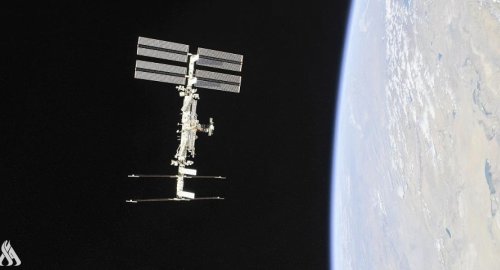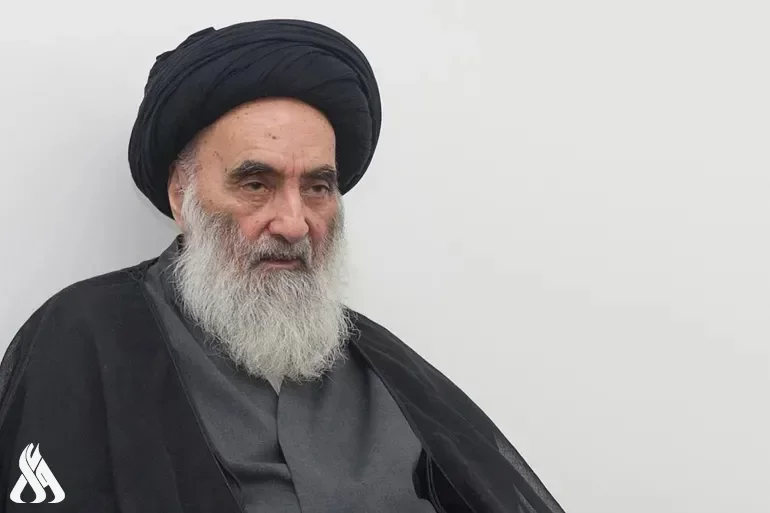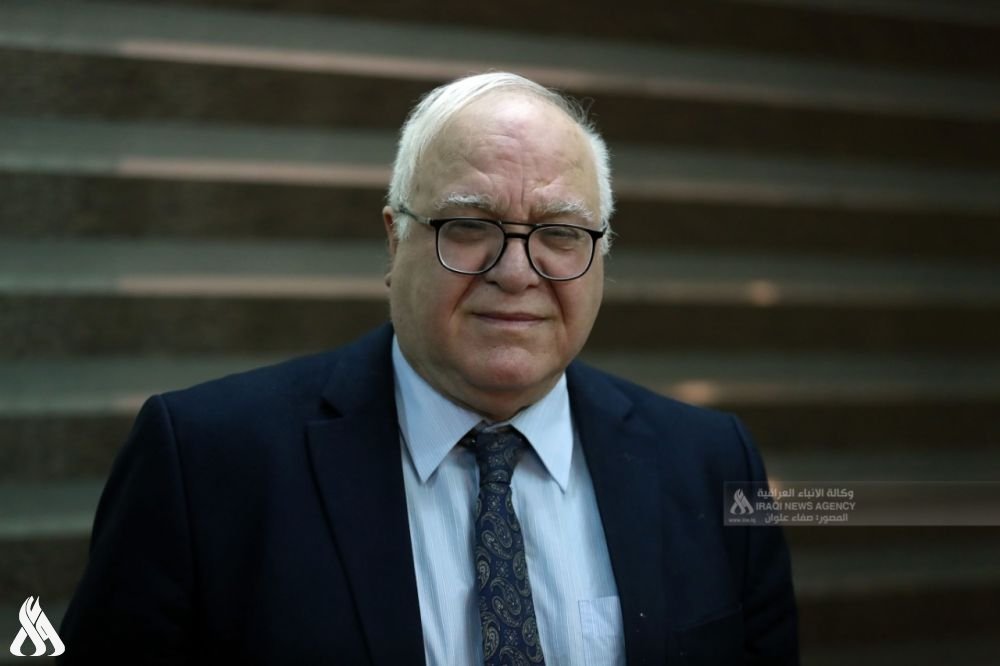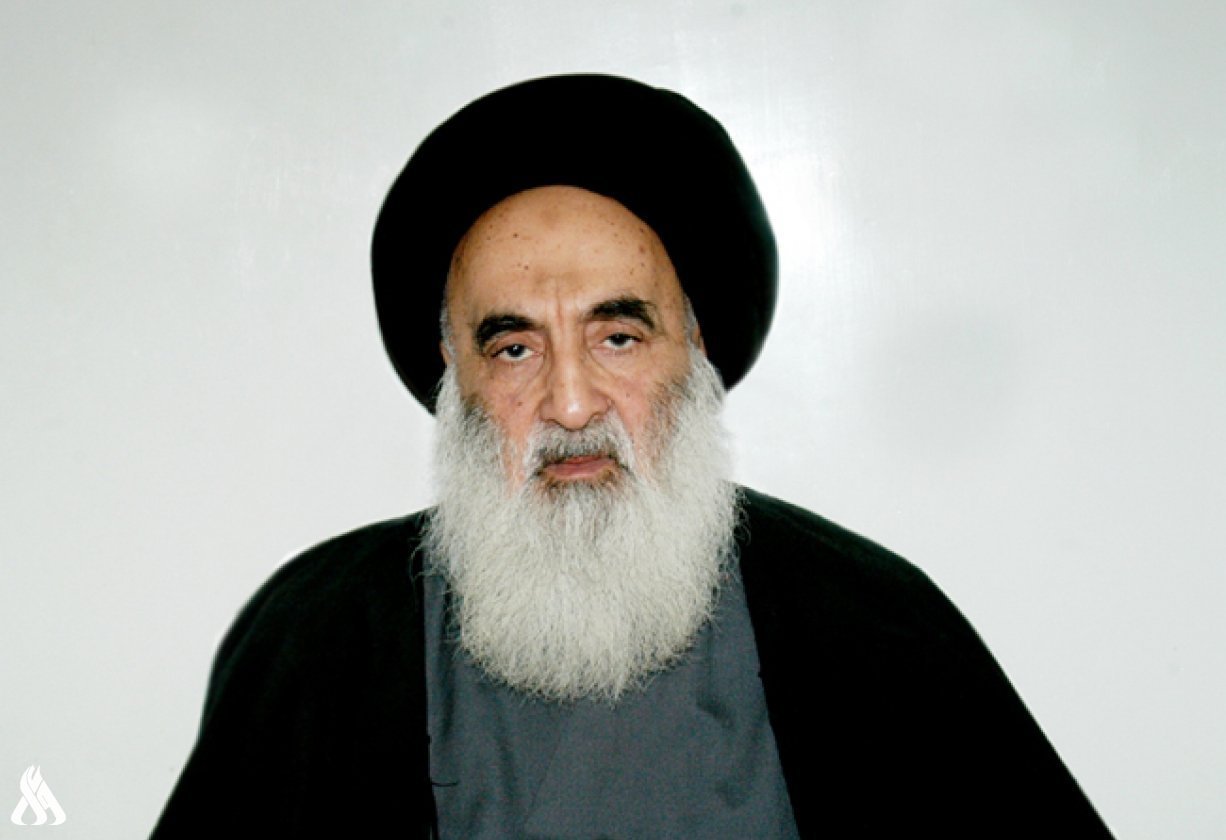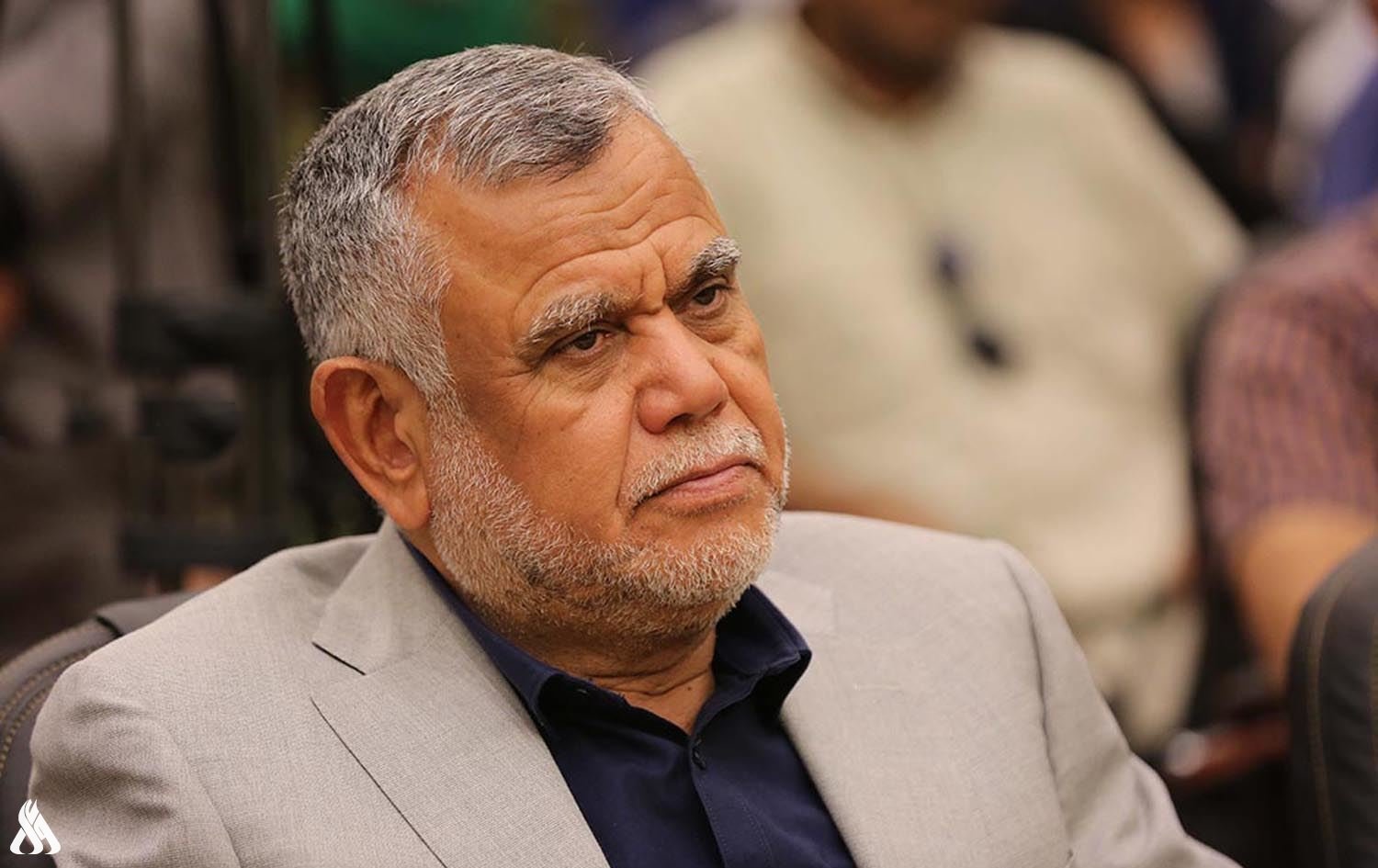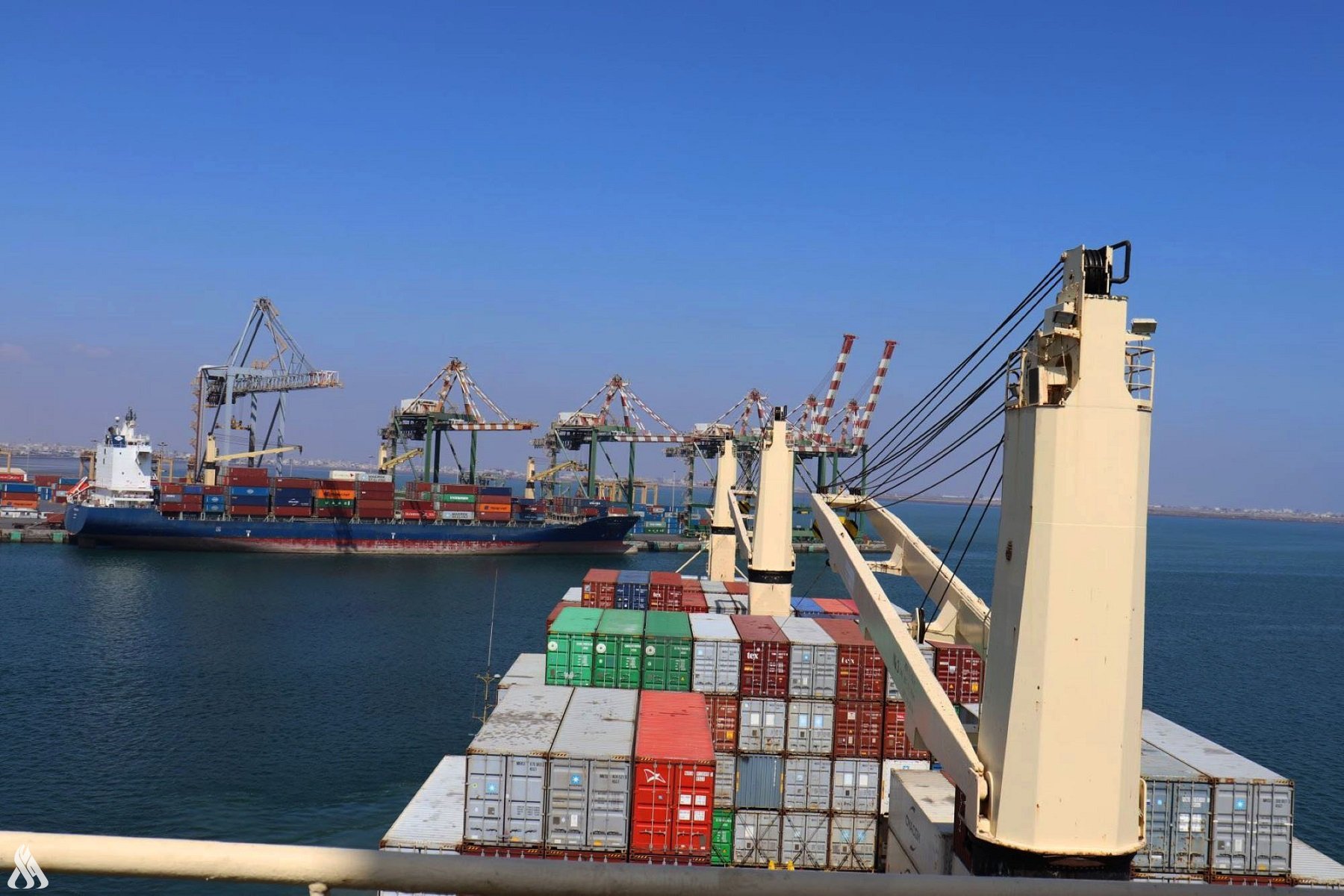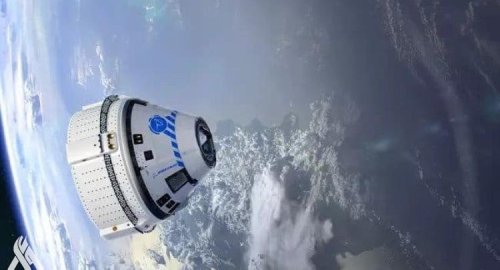
After 31 cargo missions, NASA finds Dragon still has some new tricks

- 6-11-2024, 09:01
INA- SOURCES
A Cargo Dragon spacecraft docked to the International Space Station on Tuesday morning, less than a day after lifting off from Florida.
As space missions go, this one was fairly routine, ferrying about 6,000 pounds (2,700 kg) of cargo and science experiments to the space station. Over the course of nearly a dozen years, this was the 31st cargo supply mission that SpaceX has flown for NASA to the orbiting laboratory.
However, there is one characteristic of this flight that may prove significant for NASA and the future of the space station. As early as Friday, NASA and SpaceX have scheduled a "reboost and attitude control demonstration," during which the Dragon spacecraft will use some of the thrusters at the base of the capsule. This is the first time the Dragon spacecraft will be used to move the space station.
Dragon Dracos firing for a dozen minutes
"This is an important flight test objective for the mission as we continue to increase the capabilities of all the vehicles on ISS," said NASA's Bill Spetch, space station operations integration manager, during a teleconference with reporters in advance of the launch.There are 16 Draco thrusters on the spacecraft, each with about 90 pounds of thrust. Some are near the top of the spacecraft or at its nose, and these are the primary means of raising the vehicle's orbit and conducting a de-orbit burn.
However, the vehicle also has Dracos near the backside of the capsule in what is known as the "service section." Typically, these thrusters are only used for maneuvering the spacecraft while in orbit, and they are the ones that will be employed during the upcoming test.
According to Jared Metter, the director of flight reliability for SpaceX, the burn will last 12.5 minutes.
"The data that we're going to collect from this reboost and attitude control demonstration will be very helpful in informing SpaceX analyses on how the system performs," he said during the teleconference. "And this data is going to lead to future capabilities, mainly the US Deorbit vehicle. We're excited to gather this data."
More than just a deborbit capability
But there's another important element of this week's Draco demonstration. Notably, the primary means of maneuvering the International Space Station—both to periodically raise its altitude and avoid collisions with space debris—comes from the Russian segment of the station and the Progress spacecraft.Since Russia's invasion of Ukraine in 2022, tensions between the United States and Russia have increased, and this has strained the relationship between NASA and its counterpart Roscosmos. Engineer to engineer, the working relationship remains good, but at higher diplomatic levels there are definitely concerns.
With regard to space station relations, the public war of words has quieted down since Dmitry Rogozin was sacked as director general of Roscosmos in July 2022. However, there remains the threat that an escalation in the war might necessitate a breaking of the bond between Russia and the United States in space, or Russian officials could decide the partnership is no longer working for them. Additionally, Russia has only committed to flying the station through 2028, two years fewer than NASA's goal of 2030.
Northrop Grumman and NASA have previously demonstrated the capability of the Cygnus cargo spacecraft to provide propulsive capabilities for the space station, but Dragon is more useful in that one or more of the vehicles is almost always attached to the space station. Therefore, should the Russian side of the space station go dark or even be separated from the Western side of the facility, NASA would have a fighting chance to keep the station flying on its own.
SOURCE: Ars Technica
Gaza Health Ministry Announces New Death Toll for Zionist Aggression
- International
- 06:04
Al-Maliki: Iraq Managed the Electoral Process Smoothly
- politics
- 05:18
Al-Sistani: Tomorrow, the 29th of Ramadan
- Local
- 25/03/29
Al-Amiri warns of any war between Iran and the US
- politics
- 25/04/01

